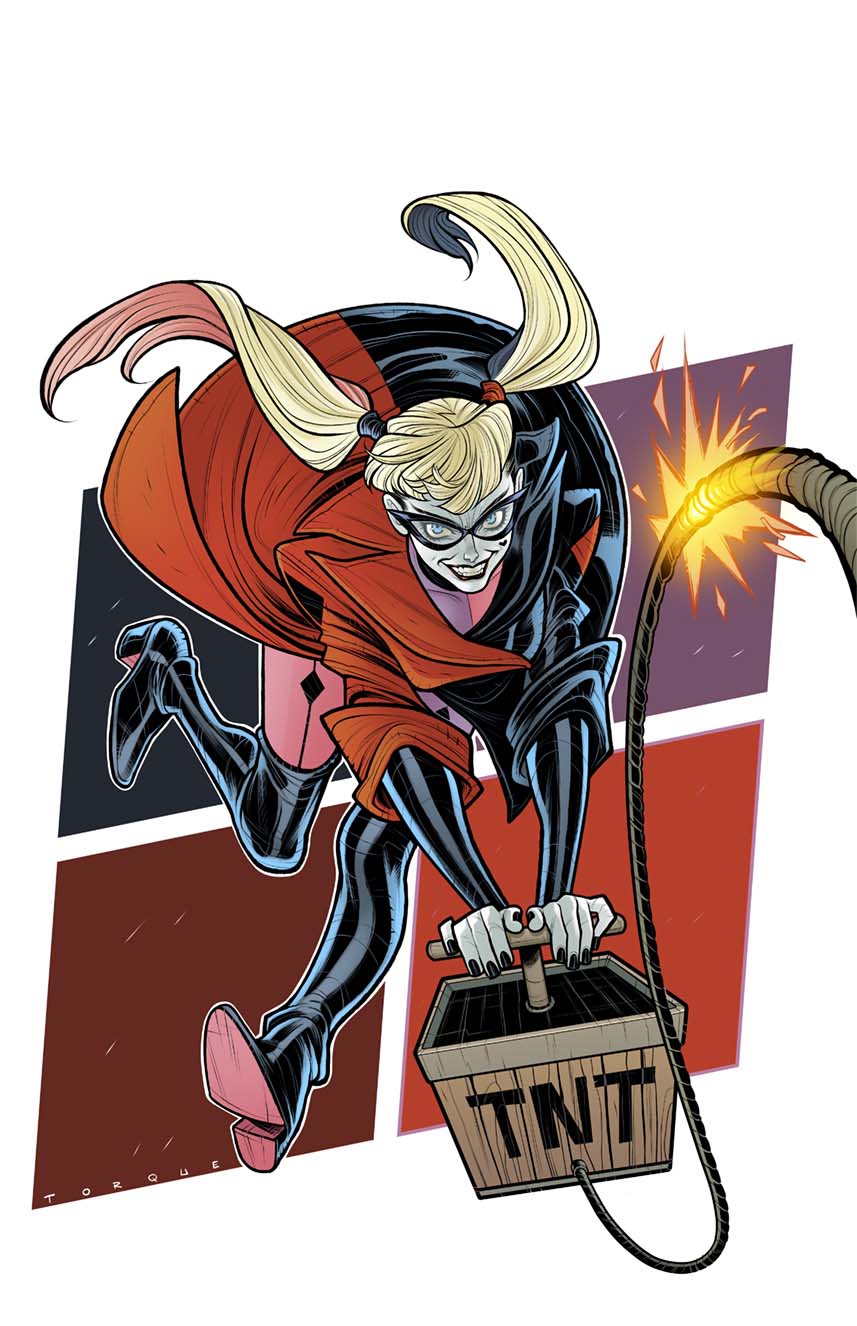[ad_1]
Once again, the DC Power anthology is back to celebrate Black History Month! Morgan Hampton kicks off the book with a heartfelt foreword, discussing the significance of representation for black nerds. The anthology consists of ten different stories set in the DC Universe, each highlighting unique aspects of black culture that are often overlooked. Unfortunately, some critics dismiss these stories as mere “virtue signaling” or being “woke,” but they actually offer a brave and special exploration of the DC world. Let’s dive deeper into the anthology!
“Enduring Farewells,” written by N.K Jimisin, serves as the long-awaited epilogue to Green Lantern: Far Sector. The story revolves around Far Sector’s Green Lantern, Jo Mullein, as she prepares to leave the outpost with John Stewart. While Jo ties up loose ends, her friends plan a surprise party for her. However, since most of the alien races in the City Enduring can switch their emotions on and off, they struggle to express their feelings properly. The story has a warm and nostalgic tone, with Jamal Cambell’s art beautifully capturing the koh-Topli culture and alien designs. It’s a down-to-earth ending for a tale set in space. Score: 9/10
“The Spice Of Life” by Cheryl Lynn Eaton tells the story of Anissa Pierce returning home after her life takes a chaotic turn. She moves back in with her parents in Metropolis, but her homecoming is interrupted by the Condiment King, who wreaks havoc on a Steelworks cookout. The story’s strength lies in its casual humor and dialogue, particularly the banter between Anissa and her sister, Thunder. One humorous moment involves the Condiment King’s failed attempt to poison the cookout with his “off-brand” ketchup, as none of the black attendees would touch it. Anissa’s relatable story takes a backseat to the unrelated antics of the Condiment King. Score: 6.5/10
“Pit Stop” by Lamar Giles and Sean Damien Hill takes Bloodwynd on a journey through his own personal hell, drawing inspiration from Dante’s Inferno. Bloodwynd must navigate an infernal cul-de-sac with the help of a demon, reliving the origin story of the original Bloodwynd in a memory loop. Unfortunately, Hill’s sketchy and stiff art style doesn’t do justice to the already confusing story. It ends up being a wordy refresher for the character, but falls short of being a compelling story. Score: 5/10
“Pure Blackness” by John Ridley offers an existential take on Val-Zod from Earth-2. The story delves into Val-Zod’s struggle with the expectations placed upon him as the second “Superman” in his universe. Ridley explores the character’s introverted nature, a result of his isolated upbringing. While the metaphor is clear, this version of Val-Zod comes across as mildly sociopathic and less heroic. However, Edwin Galmon’s illustrations, particularly the designs of Toyman’s mech suits and Superman soaring through dead planets, are stunning. Score: 6.5/10
“Lost At Sea,” illustrated by Denys Cowan, tells a somewhat generic tale of an abusive father and his son. Black Manta accepts a job from a pirate named Knotty Dread to retrieve sunken stolen ingots. However, Manta discovers that Knotty Dread’s top diver and his son want to escape the abusive situation and join the Manta Men. The story explores Manta’s own relationship with his son, showcasing his growth and redemption. Despite the heartfelt story by Deron Bennett, Cowan’s flawed art, particularly the lack of eye contact between characters, is distracting. Score: 5/10
“The Session,” written by Shawn Martinborough, focuses on Crispus Allen during his time as the Spectre. The story revolves around Allen’s therapy sessions, as he recounts a case with his former partner, Renee Montoya. While the story starts off grounded, it veers into confusingly mystical territory. The transition from going after a gangster to tracking an unexplained monster is jarring. Overall, the story feels more esoteric than necessary to convey its message. Score: 4/10
“The Natural Order,” by Nubia and Mr. Mxyzptlk, is an unlikely team-up story. Nubia helps Mxyzptlk when some old gods drain his energy on Themyscira, threatening to wipe out the universe. The story lacks creativity and clarity, with unclear moments in the artwork and dialogue. The portrayal of Mxyzptlk feels out of character, and the antagonists’ motives and origins are unclear. The story feels rushed and lacks depth. Score: 3/10
“Jump Shots & Loose Watts” features Kid Flash leading a heartwarming story set in Central City. A young girl loses confidence on the basketball court, but Kid Flash gives her a pep talk, revealing her overwhelming responsibilities and using basketball as an outlet. Kid Flash shares his own tough upbringing to connect with her. The story plays out predictably, but the addition of Wally living in Richmond and Atlanta adds new dimensions to his character. The story is enjoyable, but doesn’t offer anything groundbreaking. Score: 5/10
“Fair Play” by Greg Burnham centers around Mr. Terrific and his encounter with Atlanta’s assistant D.A Ray Thomas. They face attacks from political assassins who want to prevent the construction of Supermax prisons for at-risk metahuman youths. The story follows a standard format of isolating the hero in a single location for suspense. The artwork may not be exceptional, but it still manages to be fun. The assistant D.A feels like a forgettable character unless Atlanta becomes a more prominent location in the DC universe. Score: 6/10
“The Light That Shines,” by Brandon Thomas and Khary Randolph, is an inspiring continuation of their story from Batman: Black & White Vol. 2 #6. The story follows Batman and Signal as they investigate a mysterious signal. It showcases the bond between the two characters and their determination to protect Gotham. The story is impactful and beautifully illustrated by Randolph. Score: 8/10
[ad_2]
Source link









